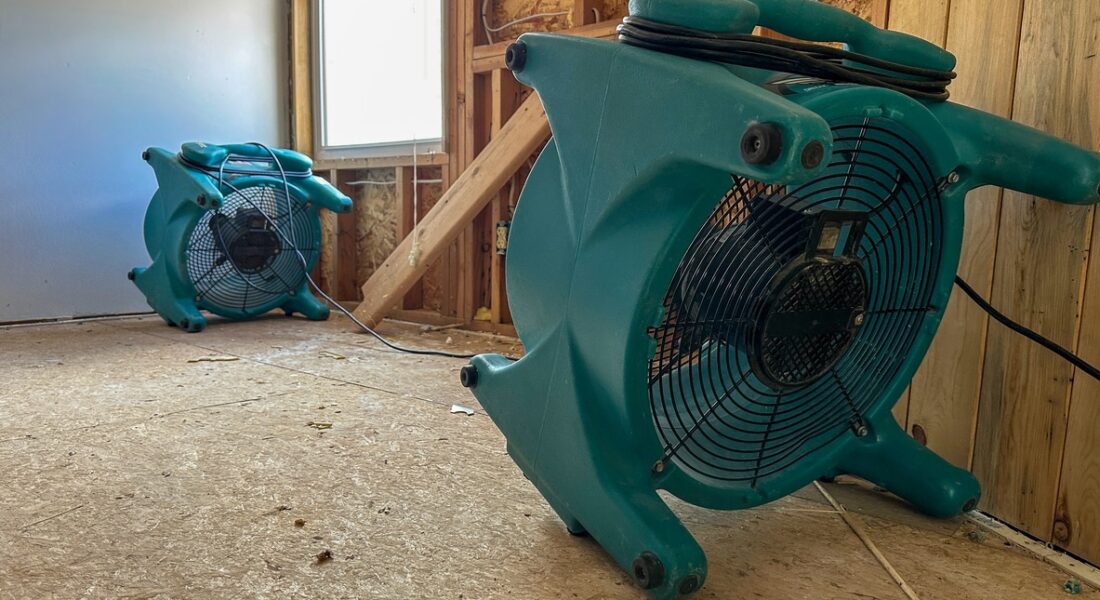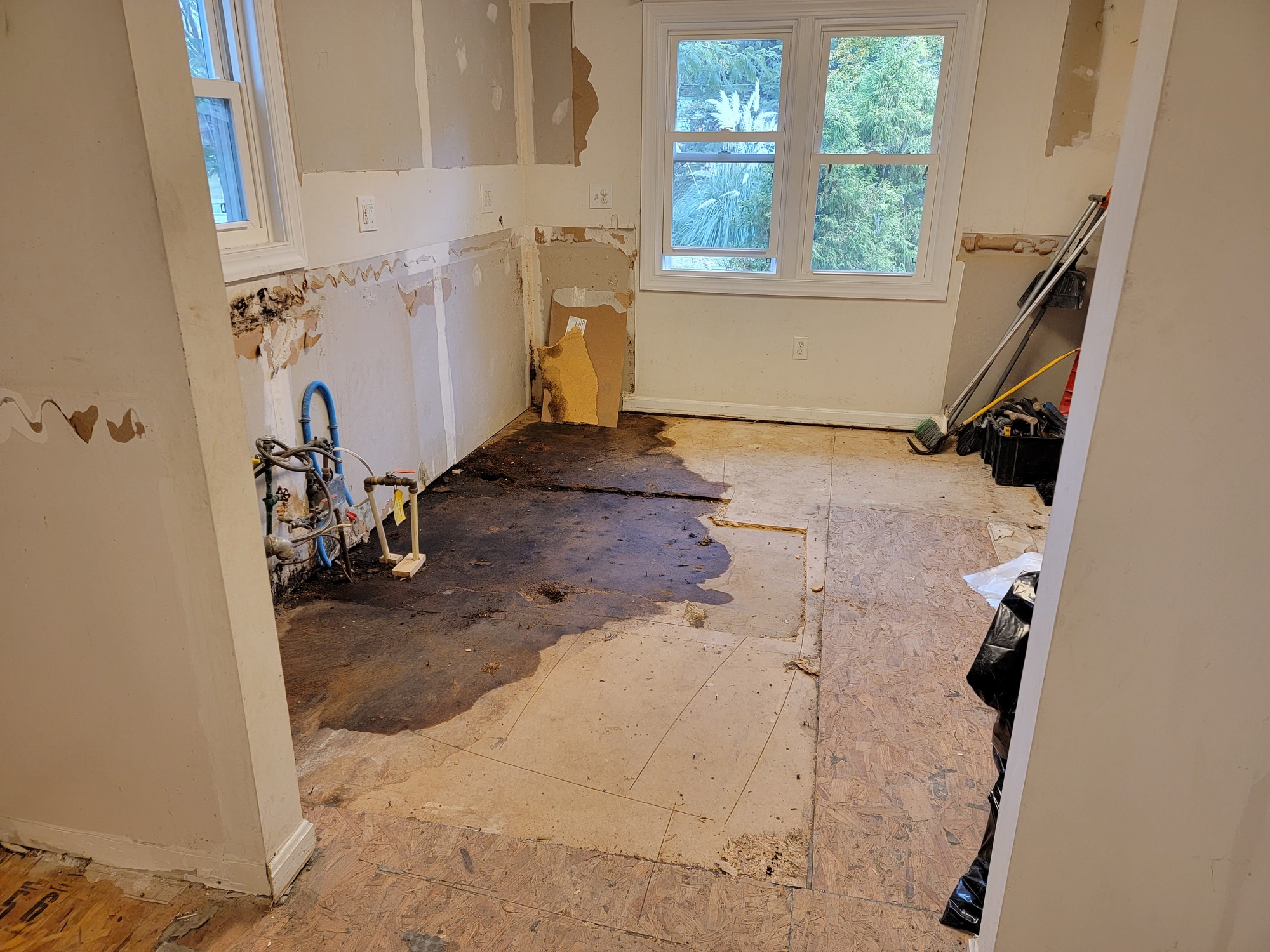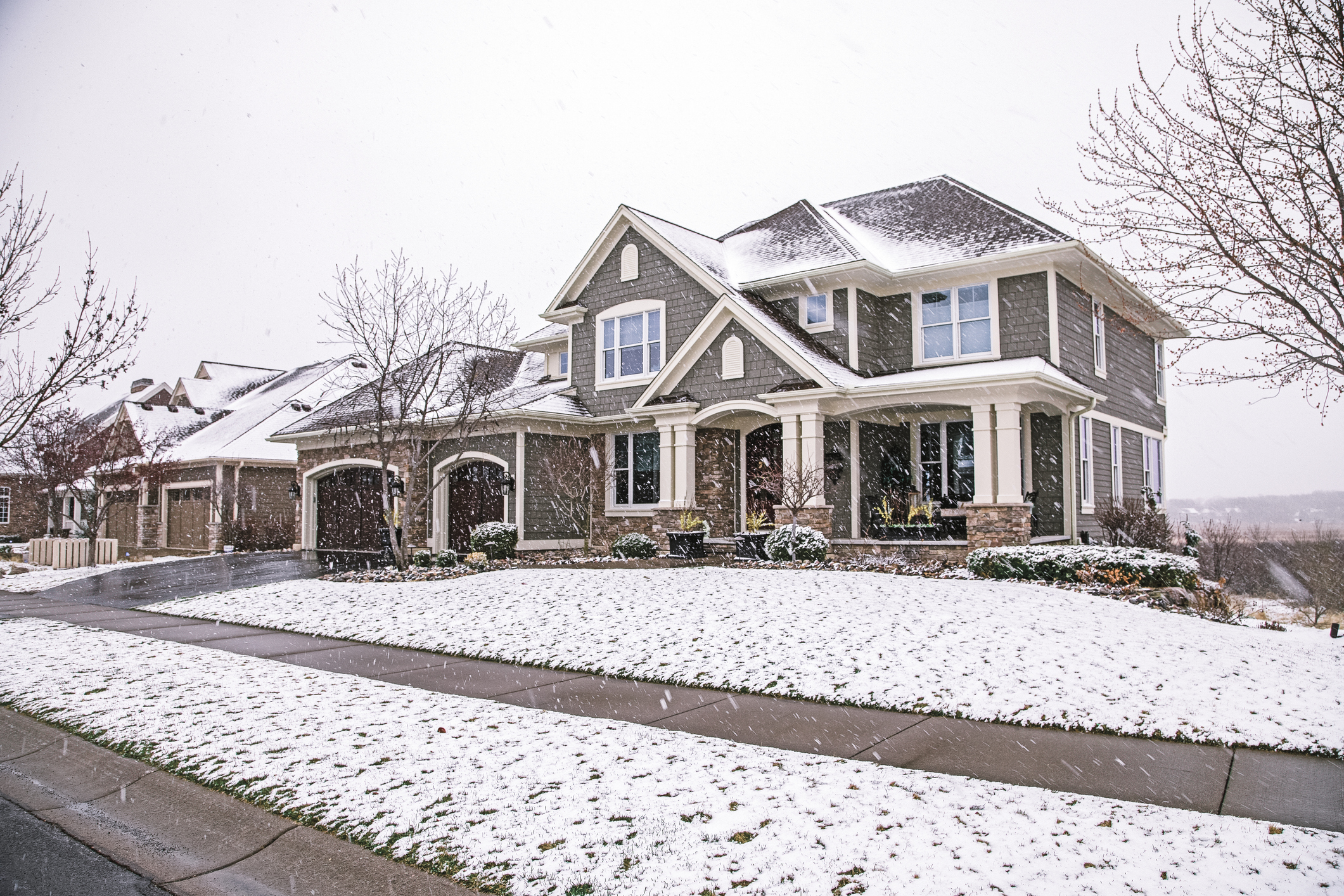When your home or business faces a water or fire damage emergency, terms like mitigation and restoration often come up. While they’re closely related, they serve very different purposes in the recovery process.
At 24 Hour Flood Pros, we believe it’s essential for property owners to understand the difference so you can make informed decisions after water, fire, or storm damage.
What is Mitigation?
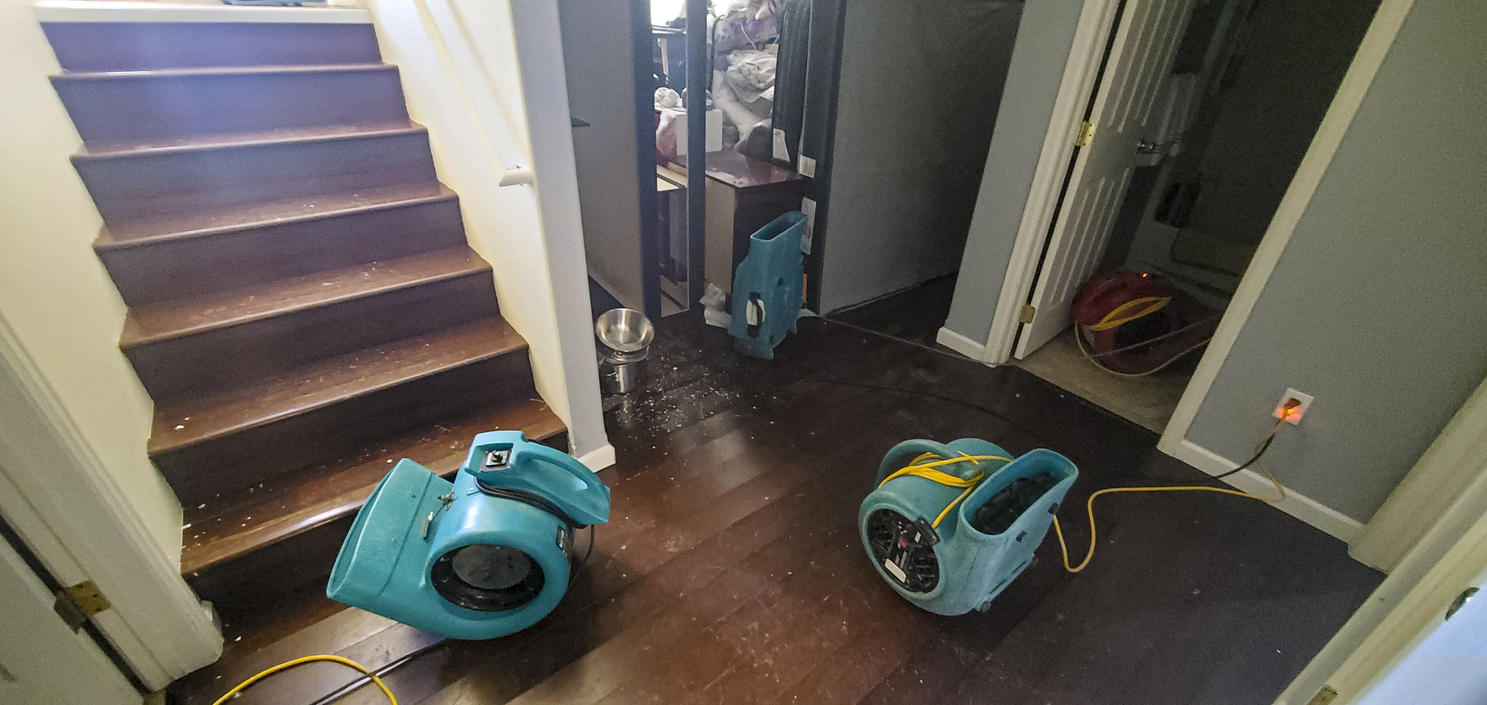
Mitigation refers to the immediate steps taken to minimize further damage after a disaster. Think of it as the “stop the bleeding” phase. Common mitigation efforts include:
- Extracting Standing Water
- Boarding Up Broken Windows or Doors
- Installing Tarps on Damaged Roofs
- Using Dehumidifiers and Air Movers (to prevent mold growth)
The goal is to stabilize the property quickly so conditions don’t worsen.
Pro Tip: Call for professional mitigation within the first 24–48 hours after water damage. This window is critical for preventing costly mold and structural issues.
Find more resources on mold prevention here:
- Why Mold Remediation Services Need a 24/7 Emergency Response Plan
- Mold Growth in Hot, Humid Weather: Prevention and Early Detection Tips
- Allergy Season and Indoor Air Quality: The Hidden Dangers of Mold
What is Restoration?
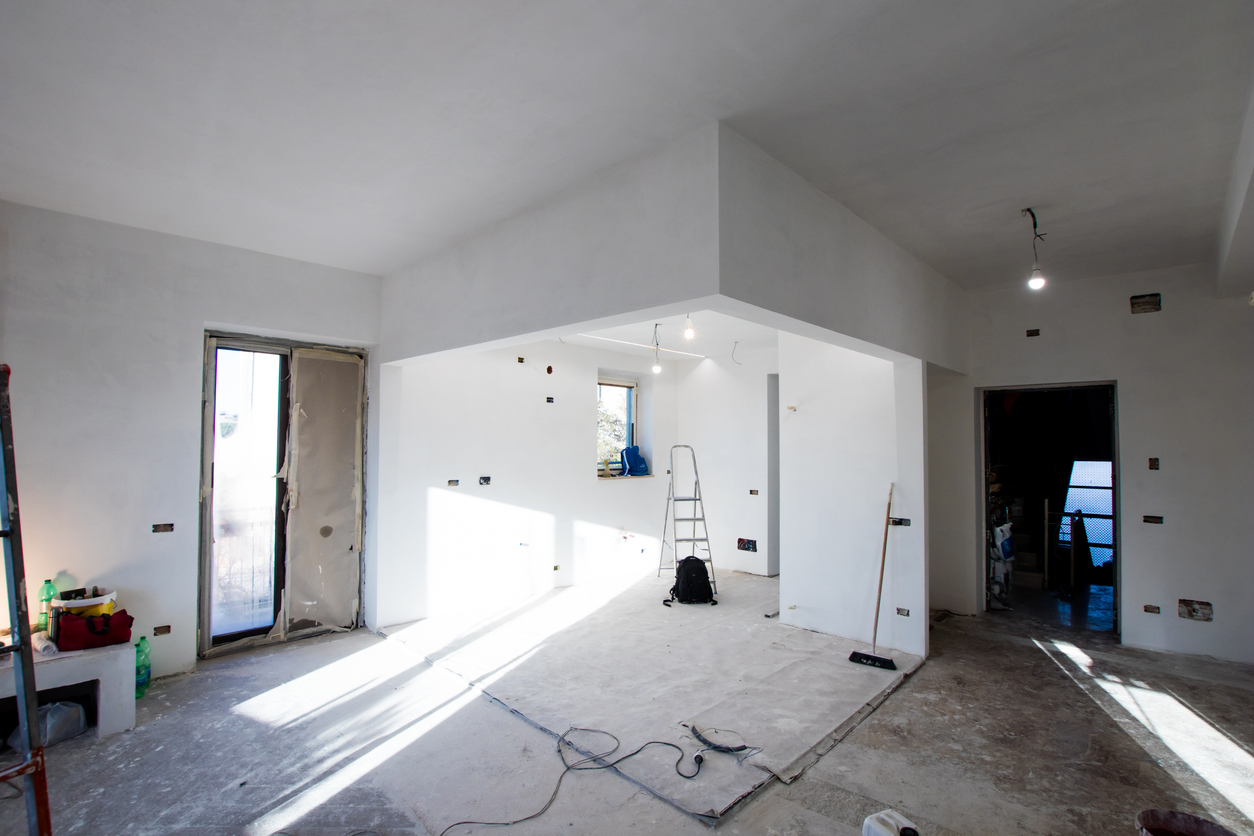
Restoration comes after mitigation. It’s the process of repairing and returning the property to its pre-loss condition. Examples of restoration include:
- Replacing Drywall and Flooring
- Repainting Damaged Walls
- Cleaning and Sanitizing Affected Areas
- Reconstructing Sections of the Property if Necessary
While mitigation focuses on preventing further loss, restoration focuses on repairing what’s already been damaged.
Pro Tip: During restoration, consider making upgrades (like water-resistant flooring or improved ventilation) to help safeguard your property from future damage.
Learn more about the importance of hiring a professional service here: Top 10 Reasons Why You Should Use a Professional Restoration Service
Why the Distinction Matters
Many homeowners mistakenly assume mitigation and restoration are the same thing. In reality, skipping mitigation or delaying restoration drives up costs and extends recovery timelines. Insurance companies also often differentiate between these services, which can affect your claim.
Pro Tip: Always document both mitigation and restoration efforts with photos and receipts. This helps streamline insurance claims and ensures you’re properly reimbursed.
For more on what to expect from insurance companies, read our guide: Mastering Water Damage Insurance Claims: A Comprehensive Guide by 24 Hour Flood Pros
Working with Professionals
Both mitigation and restoration require specialized tools and expertise. That’s why contacting a trusted provider like 24 Hour Flood Pros is crucial. Our team responds quickly to limit damage, then transitions seamlessly into full restoration — saving you time, stress, and money.
Final Thoughts
Mitigation and restoration may sound similar, but they play distinct roles in disaster recovery. Mitigation minimizes immediate risks, while restoration repairs and rebuilds. Together, they ensure your home or business is safe, healthy, and fully functional again.
If you experience water, fire, or storm damage, 24 Hour Flood Pros is here 24/7 to help you through every step.

